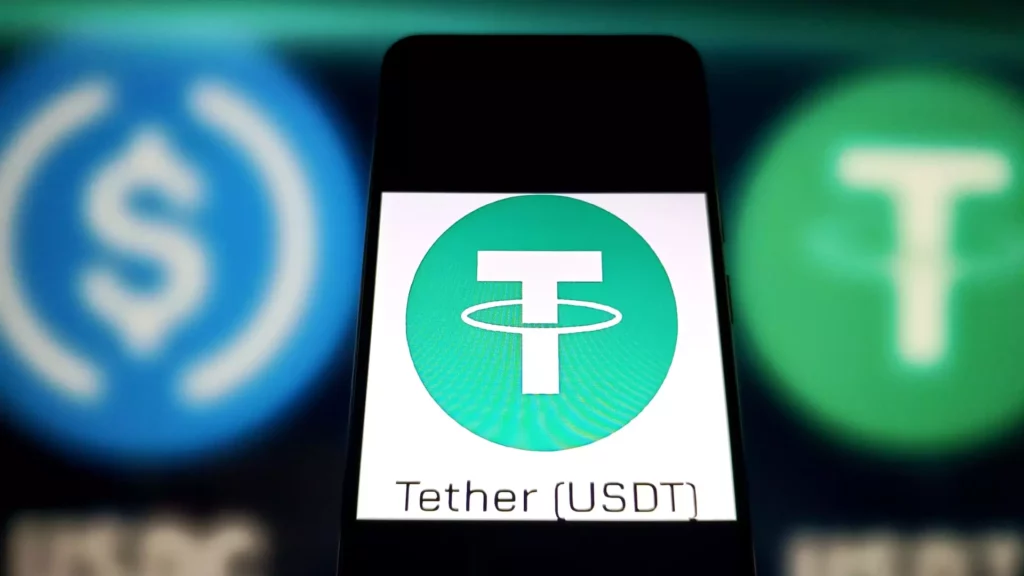In an age where the rollercoaster dynamics of cryptocurrency have left many fearing for their financial safety, Hong Kong’s recent passage of a comprehensive stablecoin bill stands out as a beacon of stability. Unlike the erratic price movements of Bitcoin or Ethereum, stablecoins offer the alluring promise of steadiness by pegging their value to established assets. This legislative leap is not merely an incremental step; it marks a watershed moment in terms of how governments globally view digital currencies. For too long, the crypto market has been plagued by uncertainty, trapping serious investors and institutions in a quagmire of doubt. This bill is a crucial turning point that legitimizes these digital financial instruments.
The Hong Kong Monetary Authority (HKMA) is assuming an extraordinary leadership role in this endeavor, introducing rigorous licensing requirements for stablecoin issuers. These stipulations involve mandatory asset reserve management and client asset segregation. This means that the days of seeing stablecoins as risky ventures could be numbered, as these protocols solidify their reputation as trustworthy financial mechanisms. It’s about time that the regulatory frameworks catch up with technological advances, and Hong Kong is setting a precedent worth emulating.
Creating a Global Benchmark for Regulation
The vision behind the stablecoin bill in Hong Kong isn’t just about regulation in isolation; it’s about creating a “global benchmark,” as articulated by industry stakeholders like YeFeng Gong. Full reserve backing is becoming the new mantra, as it embodies the idea that anyone engaging with stablecoins can do so with a layer of trust never before seen in the crypto space.
This structured approach could very well influence other jurisdictions, compelling them to rethink their crypto policies. The recent ambitions laid out in the U.S. Senate—specifically the GENIUS Act—indicate that the global regulatory landscape is rapidly evolving. It’s encouraging to witness regions like the European Union and Singapore aligning with similar initiatives, recognizing the necessity for a clearer, unified structure around stablecoins.
Let’s not overlook the implications for retail and institutional investors. With Hong Kong emphasizing compliance and regulatory rigor, the city is poised to attract both seasoned investors and newcomers. This is a critical juncture, as successful engagement from traditional institutions can transform stablecoins into mainstream financial assets.
Stablecoins as Solutions to Financial Frictions
When we consider the role of stablecoins not just as investments but as practical financial tools, we start to see their true potential. The insight from Chengyi Ong at Chainalysis serves to remind us that these digital assets can tackle some long-standing inefficiencies within traditional finance. Are slow cross-border transactions and convoluted settlement processes holding us back? Absolutely. Stablecoins, with their stability and agility, can bridge these gaps and usher in a new era of fluid economic interactions.
However, despite this extraordinary potential, the reality remains that the whole sector must navigate a changing regulatory landscape. The success of Hong Kong’s stablecoin bill will depend significantly on how agile the region can be in adapting to ongoing shifts. Regulatory frameworks must remain fluid to keep pace with technological advancements. Stakeholders in Hong Kong are showcasing remarkable dedication in continuing consultation and adaptation, which indicates an understanding of these nuances.
A New Era for Global Financial Innovation
As the global market for stablecoins approaches staggering heights—evident in their market capitalization of around $232 billion—it is essential to recognize the broader narrative at play. Hong Kong’s initiative captures a pivotal moment not just for itself, but potentially for other regions striving to establish their stature within the increasingly crowded arena of digital finance. By laying down concrete guidelines for stablecoin operations, a window of opportunity to reshape financial norms opens.
Hong Kong’s commitment is not simply about maintaining its status as a global financial hub; it’s about pioneering a path for regulated, innovative responses to changing market demands. These efforts have ramifications that may resonate throughout the international system for years to come. Will Hong Kong’s focus on compliance serve as a model, or will it prove to be a mere stopgap in a sector characterized by rapid evolution?
In a world fraught with uncertainty, Hong Kong is daring to chart a new course in the cryptocurrency landscape—one that prioritizes regulatory clarity and institutional integrity. The potential implications for not just investors but the entire infrastructure of global finance cannot be underestimated. The presence of stablecoins is no longer seen as a sheer speculative gamble but as part of a more secure financial future.









Leave a Reply